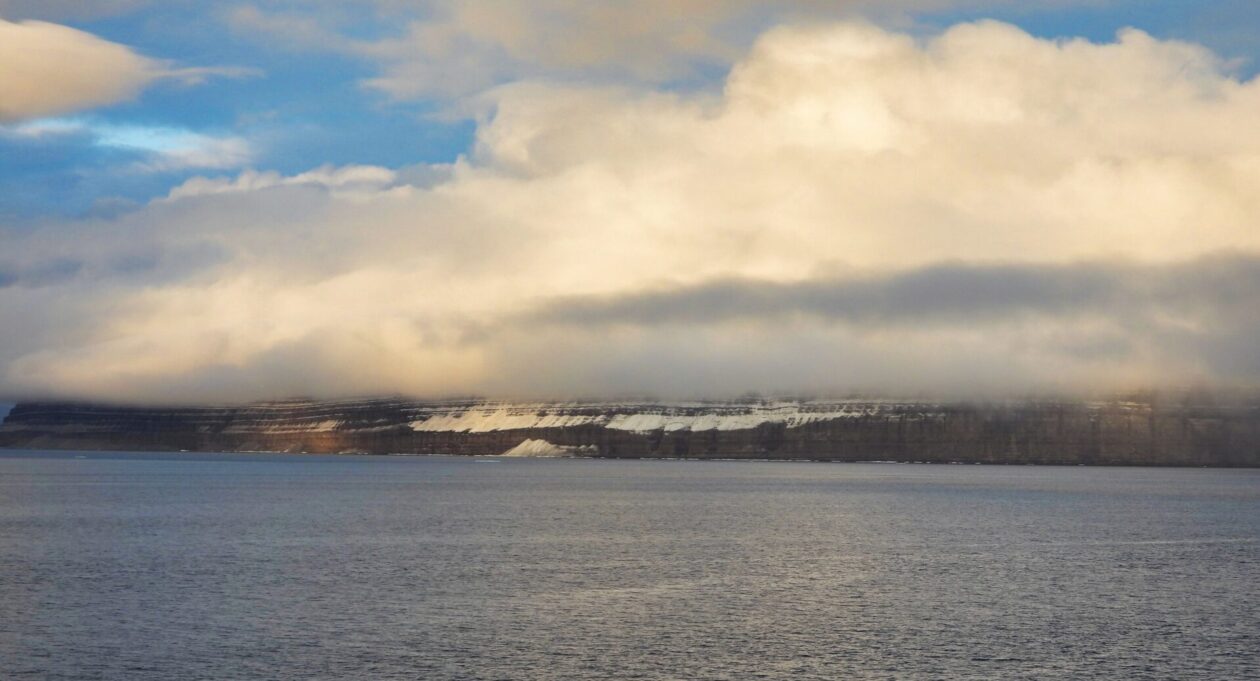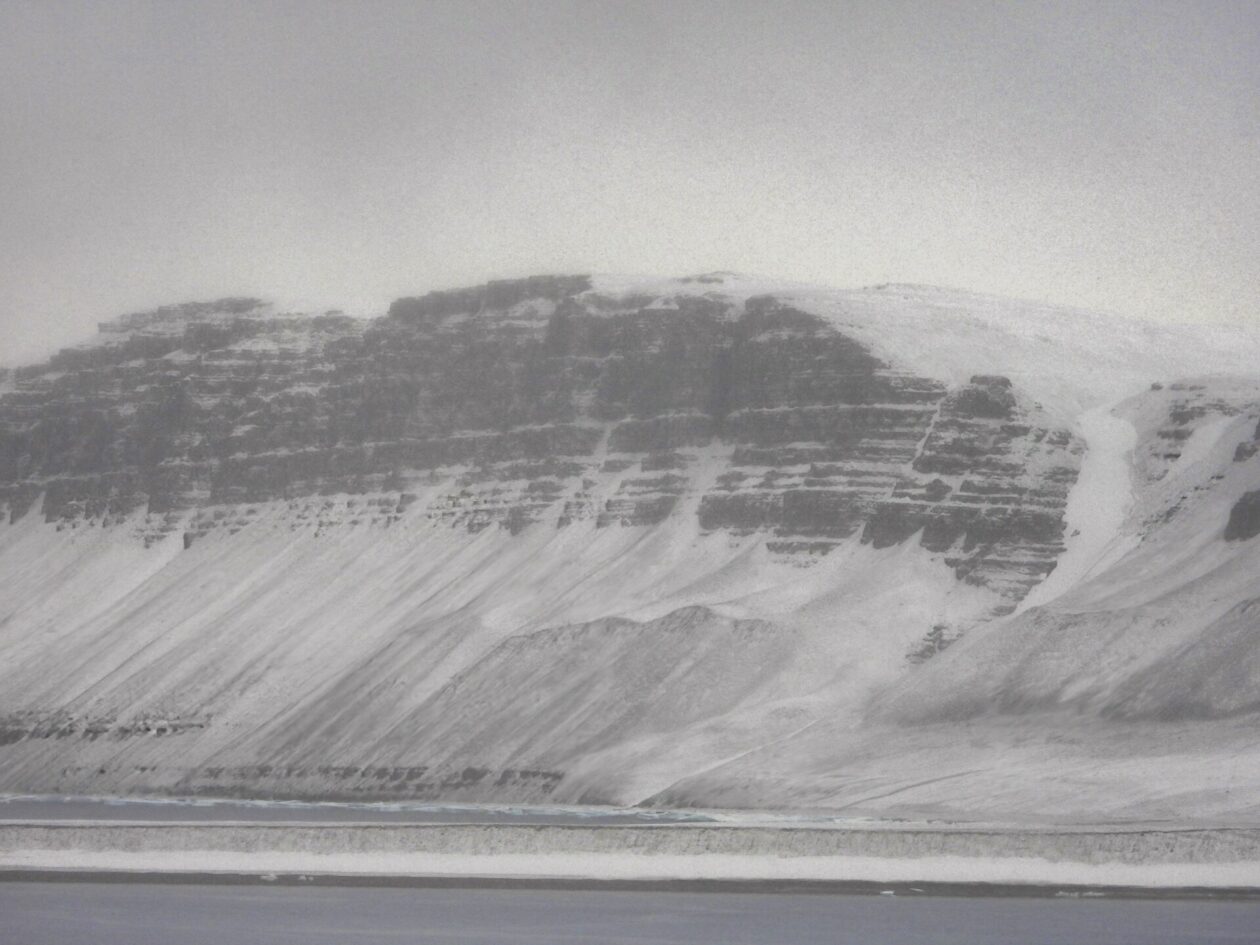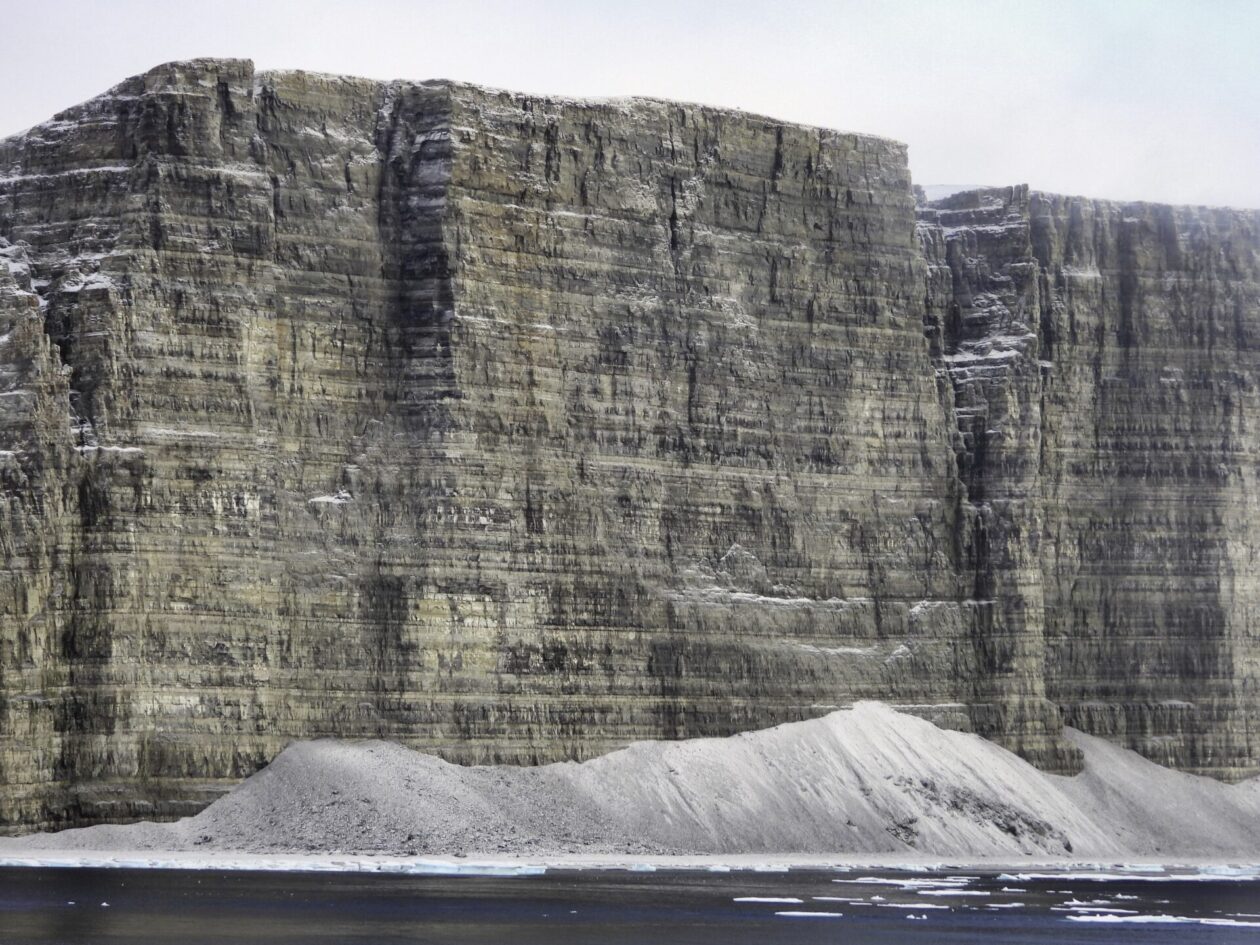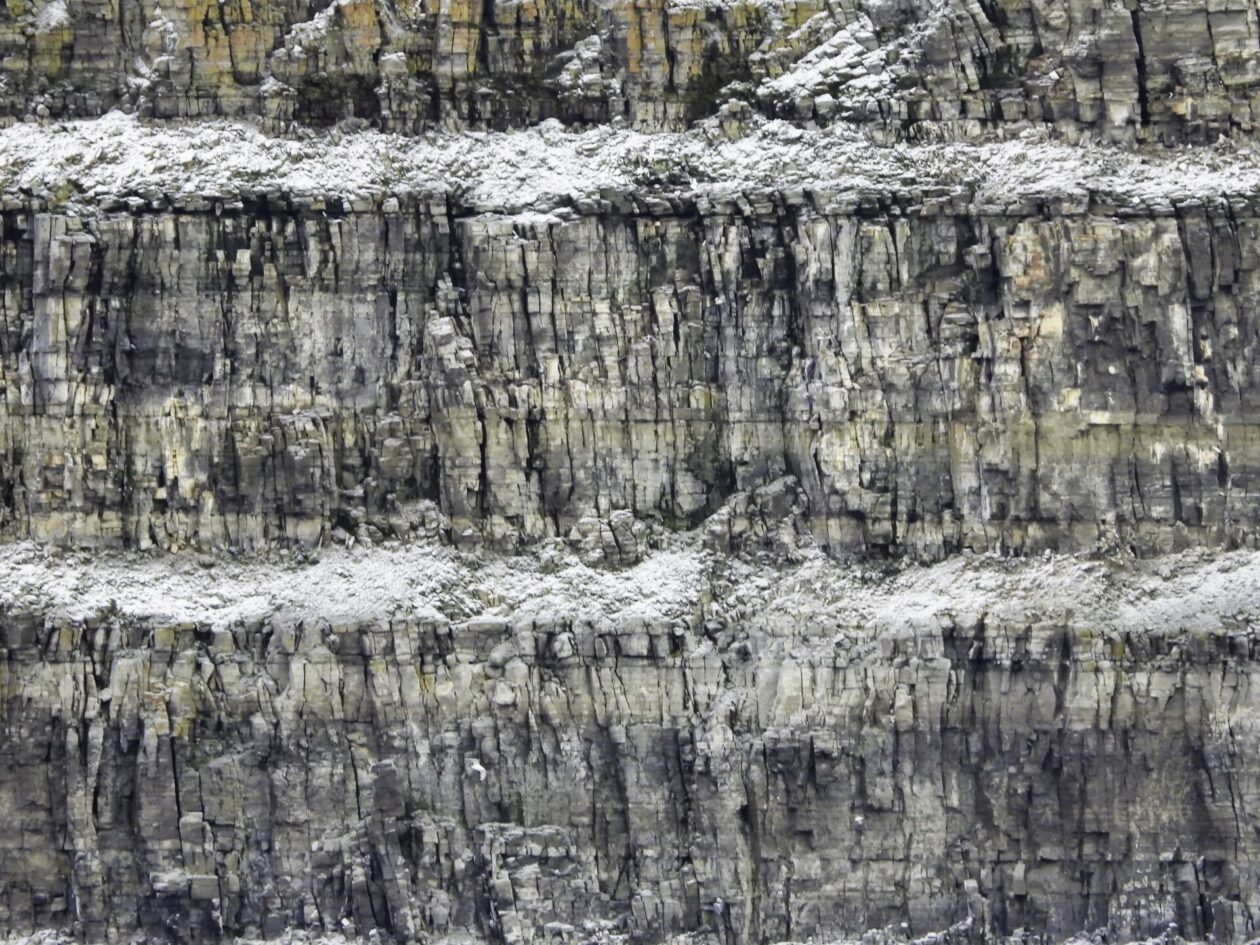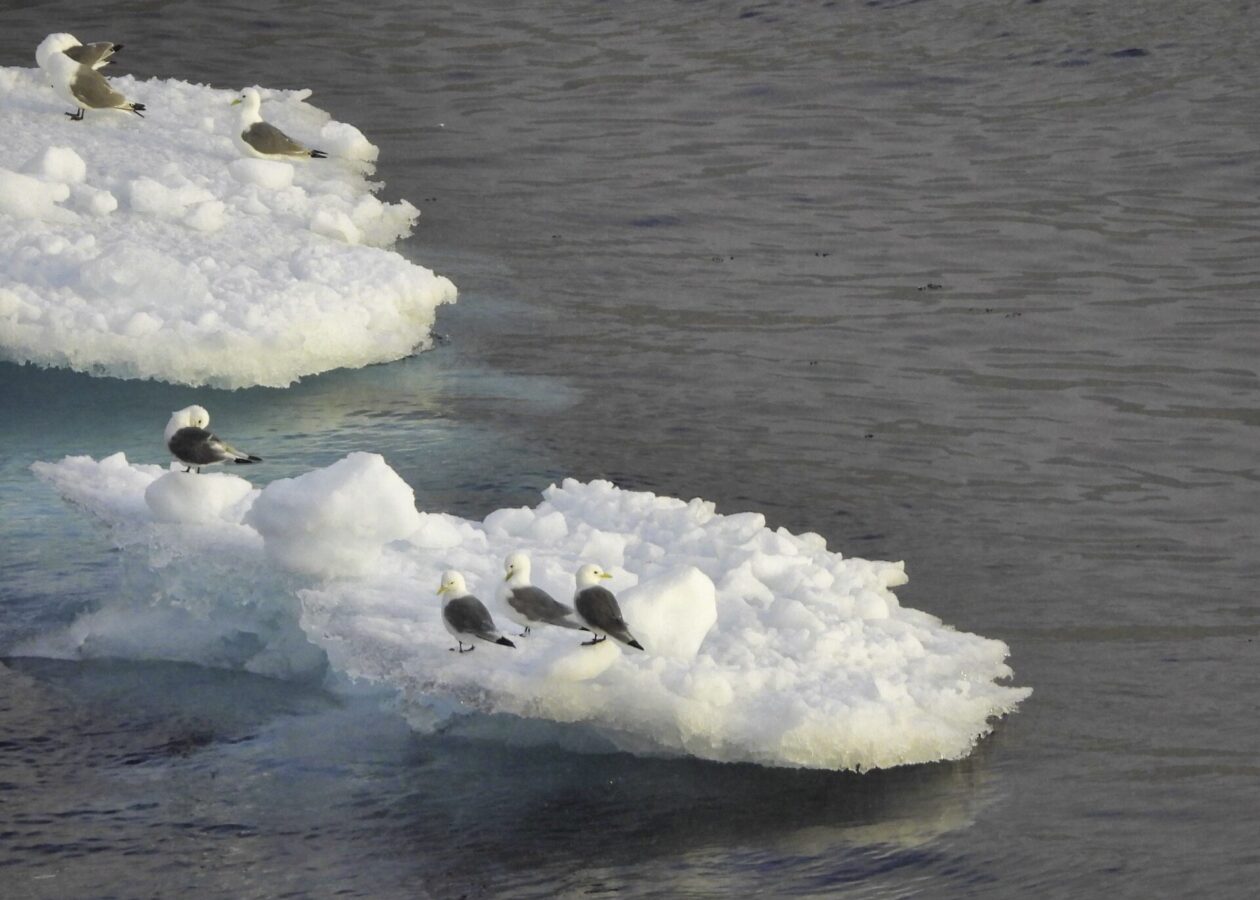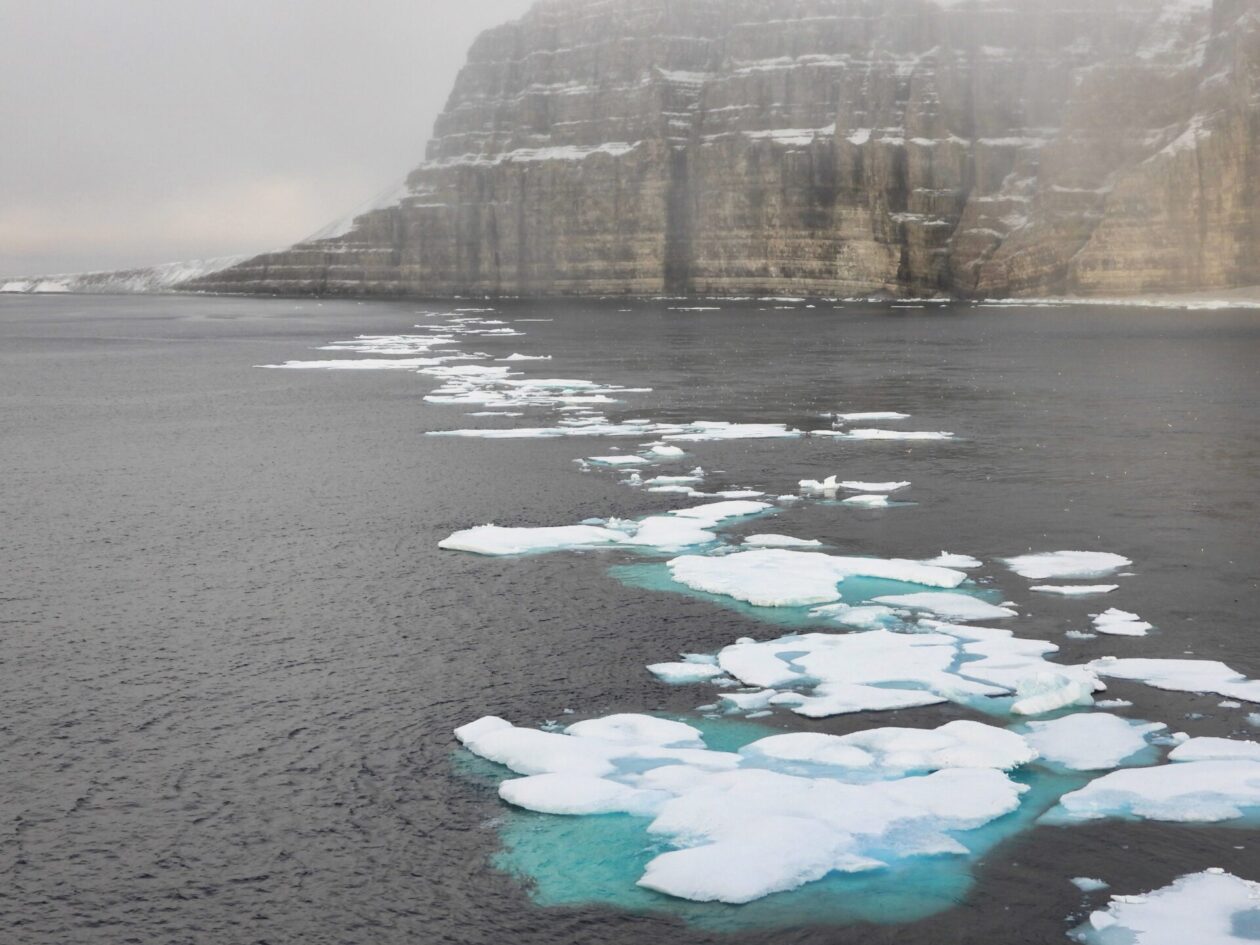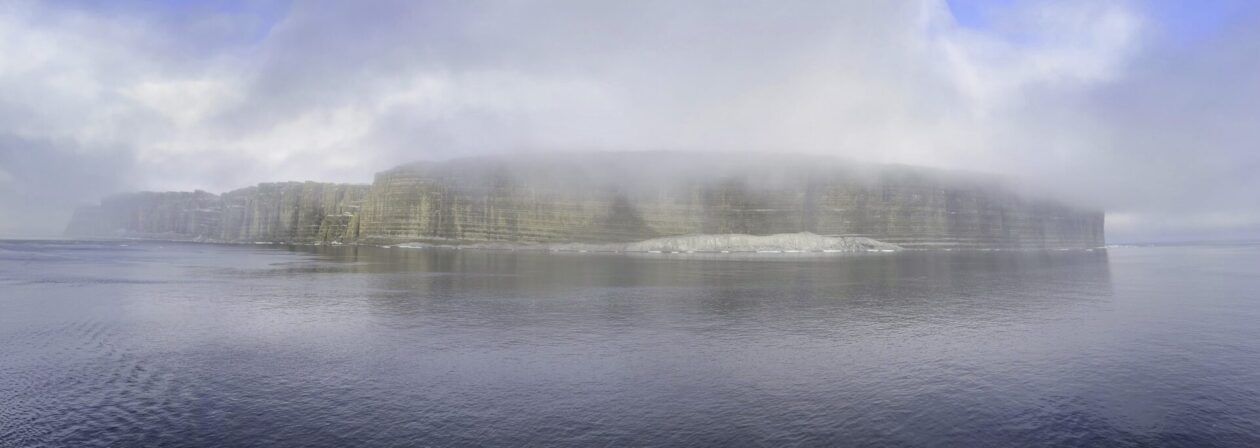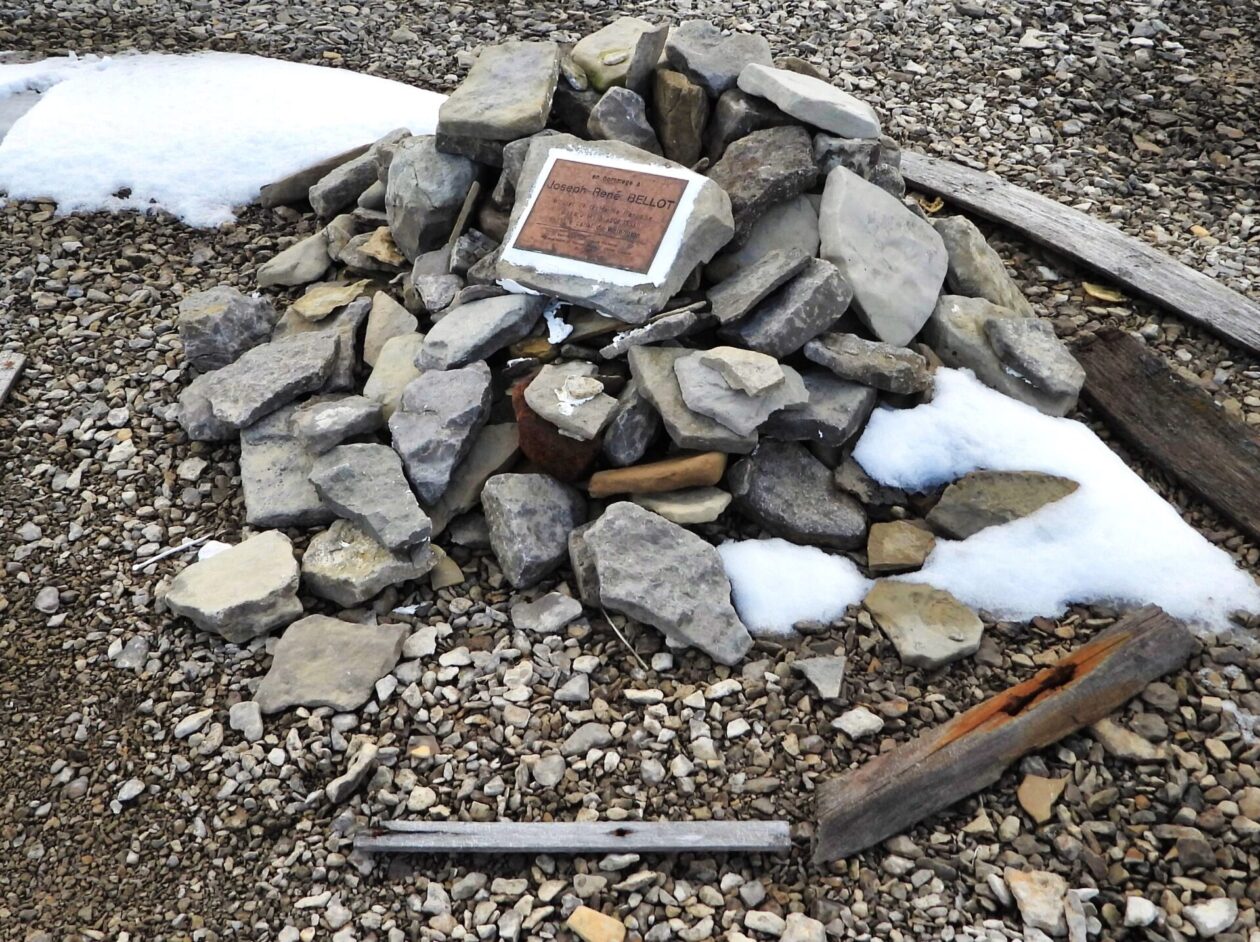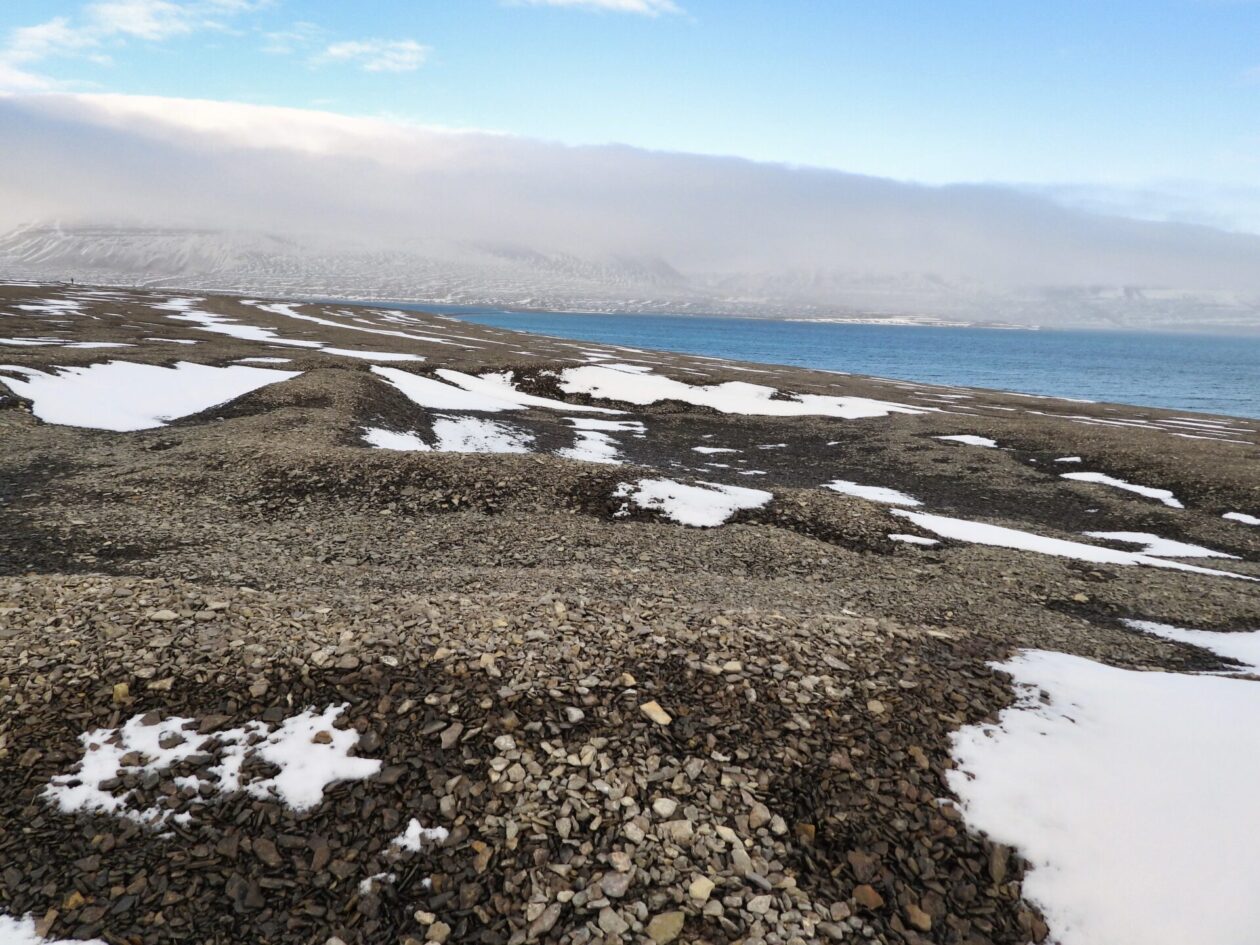- Start of trip and Nome, AL
- Herschel Island, Yukon, Canada
- Sea Day, a surprise, and the Smoking Hills, Northwest Territories, Canada
- Ulukhaktok, Northern Territories, Canada
- Murray Island, Nunavut, Northern Canada, Canada
- Cambridge Bay, Nunavut, Northern Canada
- Citizen science and Borge Island
- Gjoa Haven, Nunavut, Northern Canada
- A busy day at sea — polar bears, musk ox, and plankton, oh my!
- Prince Leopold Island, Beechey Island, and Radstock Bay, Nunavut, Northern Canada
- Croker Bay and Dundas Harbor, Nunavut, Northern Canada
- Pond Inlet and the Inuit, Nunavut, Northern Canada
- Ilulissat, Greenland
- Sisimiut, Greenland
- Red Bay, Labrador, Canada
- Corner Brook, Newfoundland, Canada and end of trip
Today was a busy day! We started at about 6:00 am doing a slow pass by Leopold Island, situated in Lancaster Sound. Most of this island rises steeply from the sea, with cliffs as high as 1000 feet! The cliffs are made of horizontally bedded Silurian limestone and sandstone. Because of the rocks’ softness, it has eroded quite readily which forms huge crevices and rock ledges. This in turn provides nesting sites for a wide variety of nesting seabirds including northern fulmars, black-legged kittiwakes, and black guillemots. While the day started very foggy, with the rising sun, the fog began to melt showing us the cliffs and all the nesting spots. It was hard to take in all the the nesting birds as we have been in somewhat of a “bird drought” for the past 3-4 days due to the lack of proper habitat or food sources. It’s estimated that there are typically over 150,000 nesting pairs of various species during the summer. Because of this, the entire island is a migratory bird sanctuary. We were actually lucky to see this many birds because they are getting ready to migrate for the season.In addition to all the birds flying around, there were quite many in the water. While we couldn’t see it, the top of the island is pretty much a plateau. One thing we did see, however, was a significant increase of ice from what we saw yesterday. In fact, we were awakened by the crunch of the ship going through some of the ice floes.
This afternoon, we stopped at Beechey Island, which is in the Wellington Channel just off of Devon Island. Like so many other islands in the area, this island was named after someone associated with one of the Northern Passage expeditions. In this case, it was named for the artist William Beechey by his son who was the lieutenant to Captain William Edward Parry, who made the first European landing there. What a nice son — have you ever had an island named after you? This is a very barren island, but we weren’t here for the flora and fauna; we were here to visit the Beechey Island graves — members of the ill-fated Franklin expedition. It turns out that Franklin had chosen the protected harbor of Beechey Island as his winter encampment for the HMS Terror and HMS Erebus, with the 129 men onboard in 1845. After the expedition disappeared, it wasn’t for another five years that search teams found the three graves here, along with a series of five other archeological sites on both Beechey and Devon islands. Despite this not being the final resting place of the Terror and Erebus, nor where Franklin or many of the crews’ bodies were later discovered, Beechey has become somewhat of a memorial. Amundsen stopped to pay his respects during his 1903 successful Northwest Passage voyage. It is now a Territorial Historic Site. The grave markers of the three crewmen (Torrington, Braine, and Hartner) are on their third iteration (the first set were destroyed over time by the elements, a second fiberglass set failed quickly, and the current set made of wood with brass plaques seem to be holding up okay). I should mention that the controversy of what caused these men to die is inconclusive. Having been exhumed and autopsied, it was discovered that they all had a level of lead in their tissues (from the solder sealing the tin cans of food) and they all had some level of tuberculosis, but none of these factors were enough to kill them. And while malnourished, they didn’t starve to death. So the mystery continues. In some respects, these three crew members probably had the best of it — they died relatively quickly and didn’t have to suffer the extended suffering of the rest of the crew that died incrementally as they tried to hike hundreds of miles to safety. Cold, starvation and sadly, cannibalism marked the end of there lives.
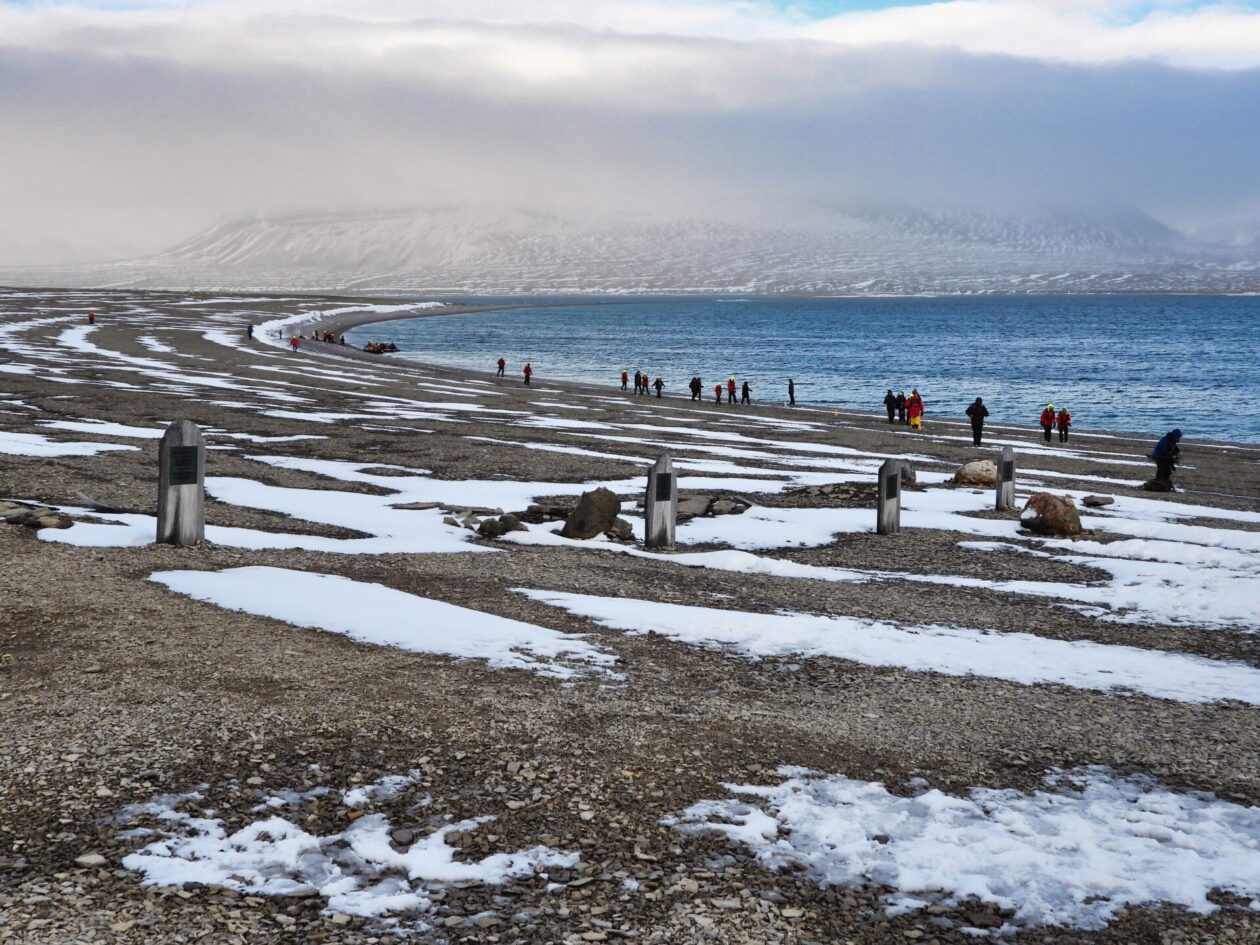
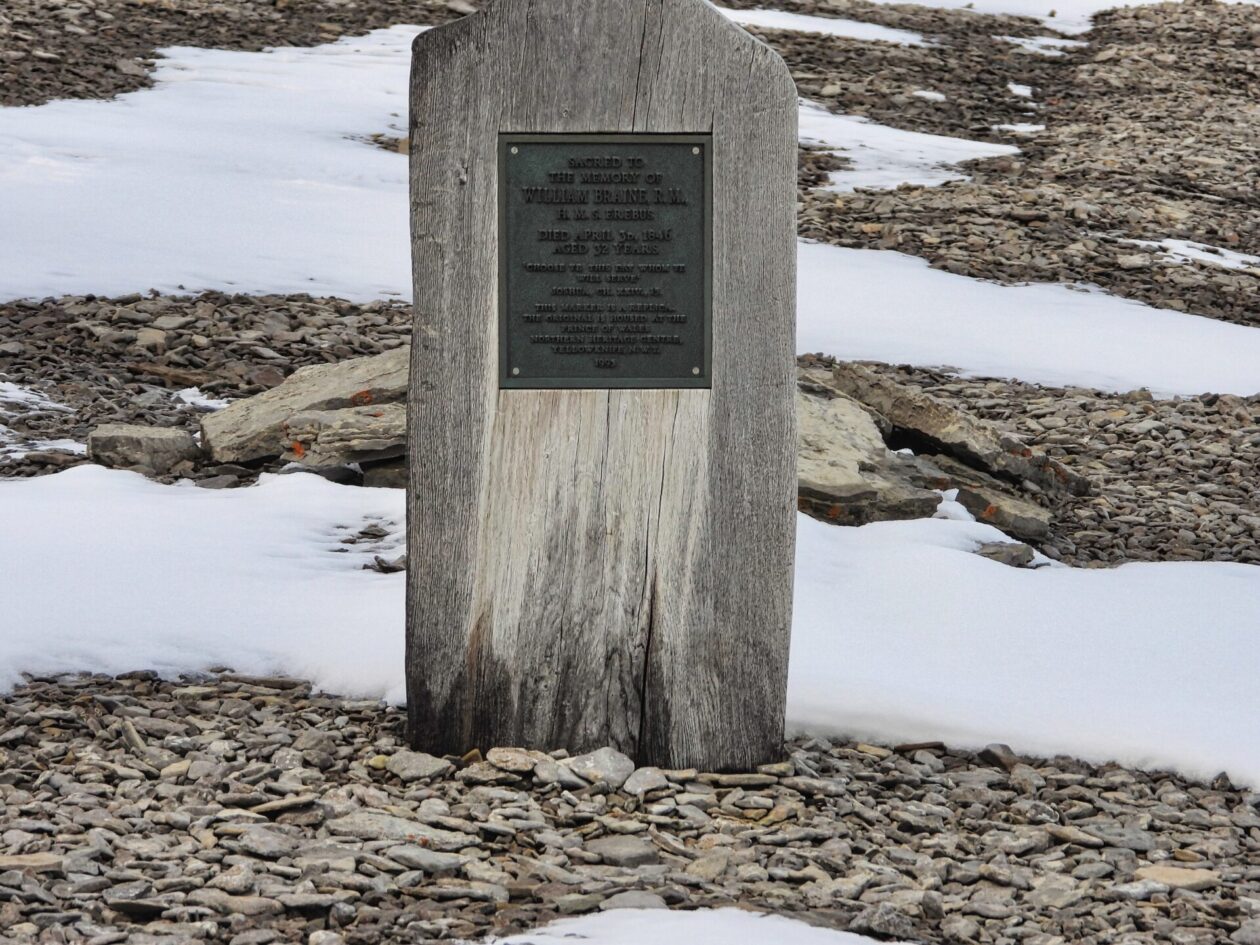
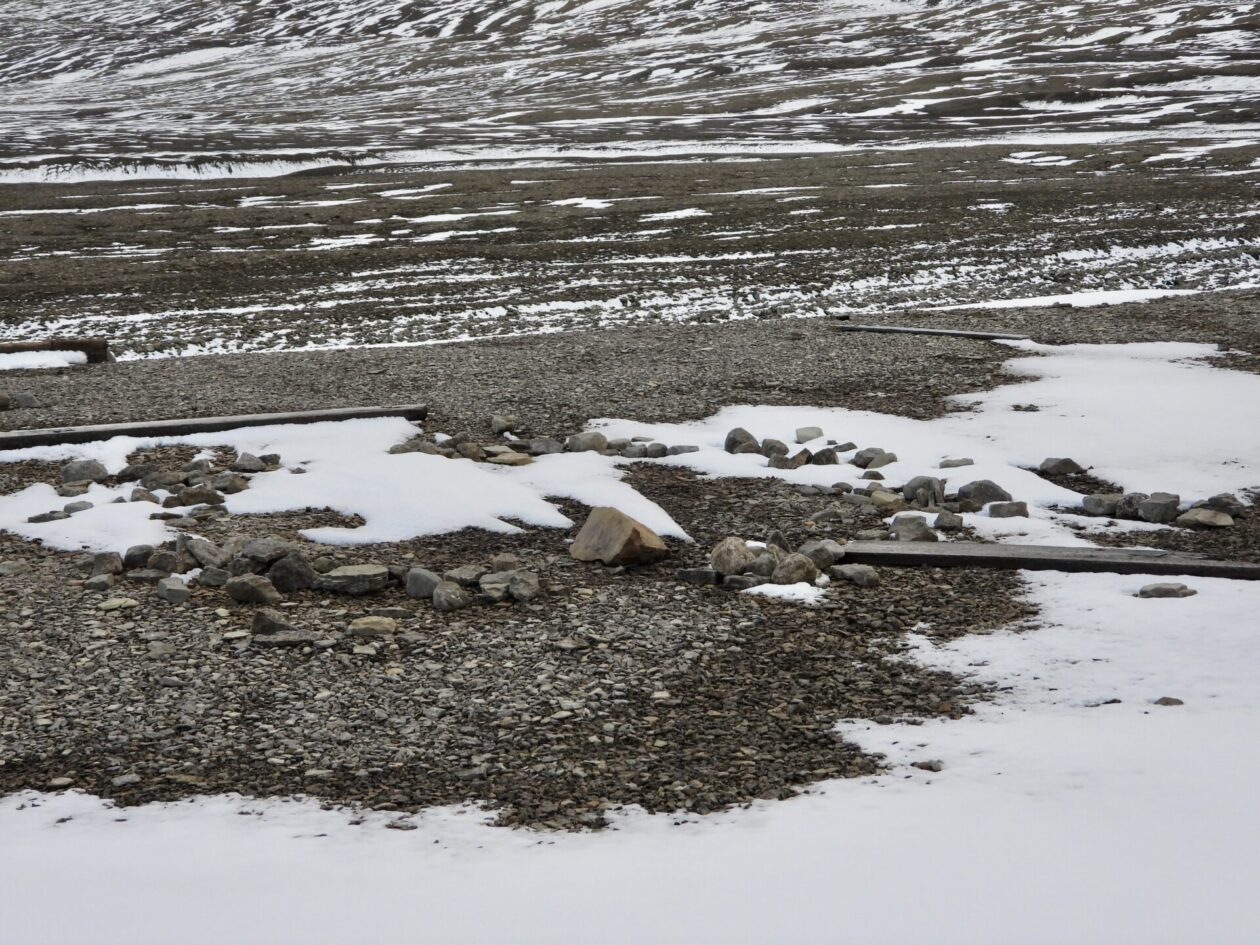
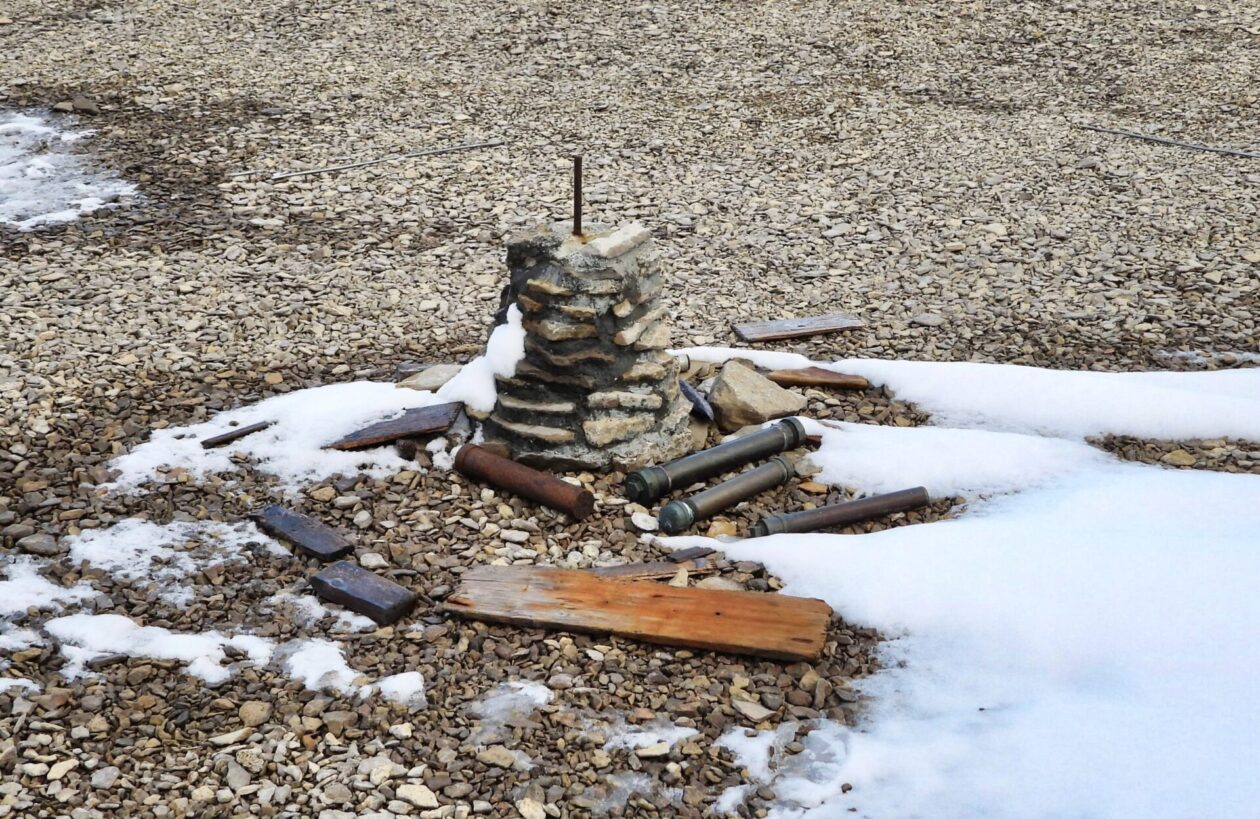
Later that evening, we pulled into Radstock Bay, located in the southwest corner of Devon Island where Lancaster Sound splits into a myriad of channels. We were supposed to take Zodiac tours inside the Bay, surrounded by high cliffs on both sides. We heard rumors that both Beluga whales and lots of polar bears had been spotted earlier in the day. For our tour — nothing. I can only conclude that they knocked off at 5 pm…
This entry was posted in Canada, Cruising, Northern Canada, Nunavut, Travel